Invisible steps in Sardina de Gáldar
Leave no trace along the renovated promenade in this northern coastal town in Gran Canaria, just take away an indelible memory.
You won’t miss your step along the entire new promenade in Sardina de Gáldar, on the north coast of Gran Canaria. Just let yourself be carried along. You’ll always get to the right place at the right time because there’s no hurry in Sardina - not because the hours don’t matter, but because time literally landed on this coastline sheltered from the pounding of the Atlantic. Boats pulled into the Old Port of Sardina bringing the bells and the clock for the Church of St James, which overlooks the town.
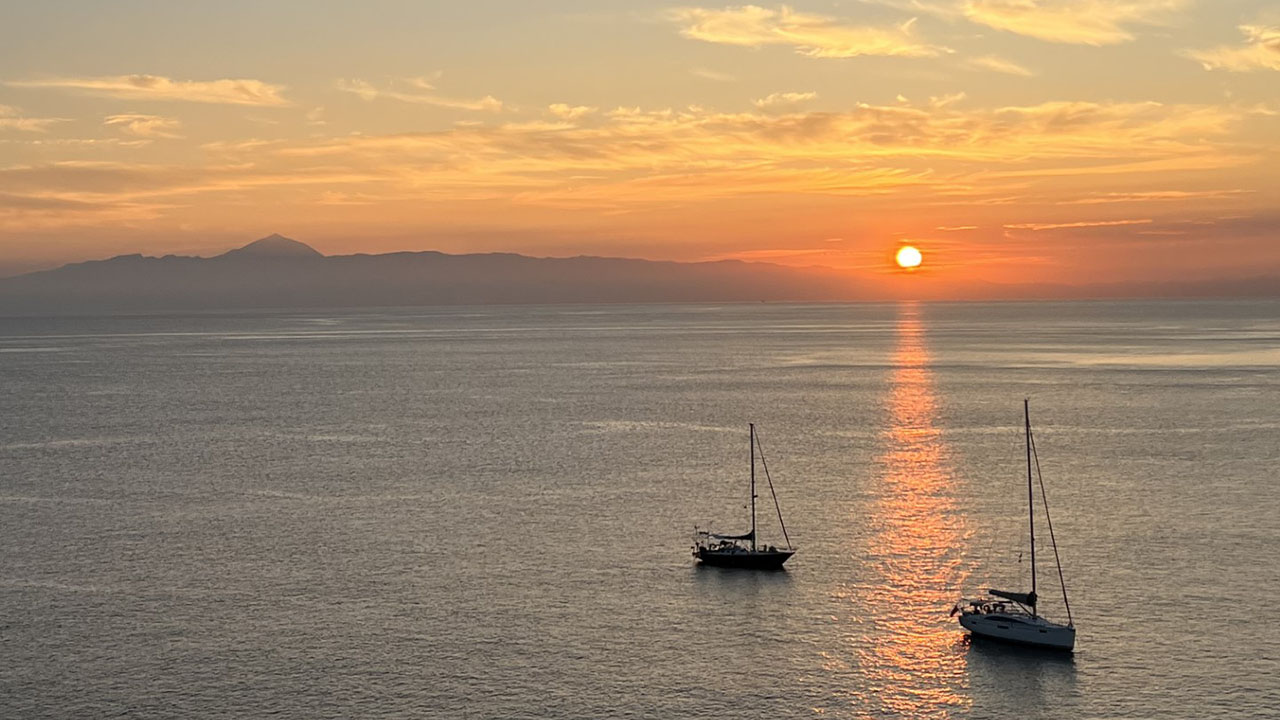
Its docks and jetties used to be the very epicentre of boats bustling in and out of the port with their holds fit to bursting, mainly carrying farming produce, although their inventory covered practically everything imaginable and of course, unimaginable as well. That trade has disappeared now, but the feeling remains that life still lands on Sardina’s shores. This is clear to see for anyone who steps on to this new promenade’s pedestrian walkway, covering almost 9,000 m2, that will lead you smoothly around every coastal nook and cranny where the ocean lurks to whisper its deep rumours in your ear, in a language that everyone understands, even if you’ve never heard it before. The sea in Sardina makes itself understood immediately.
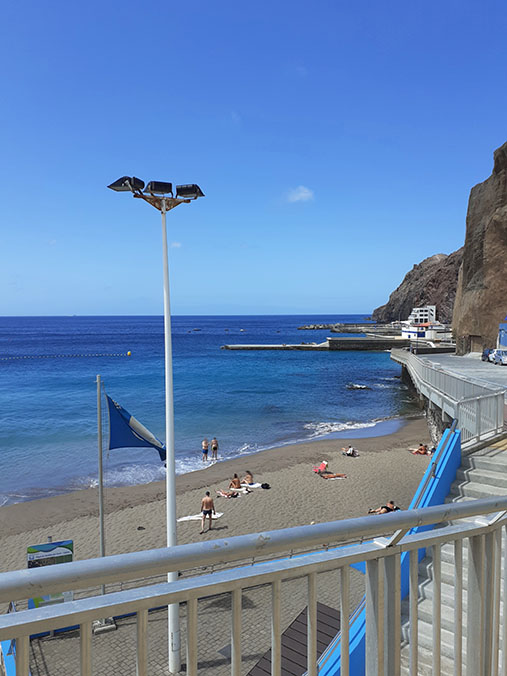
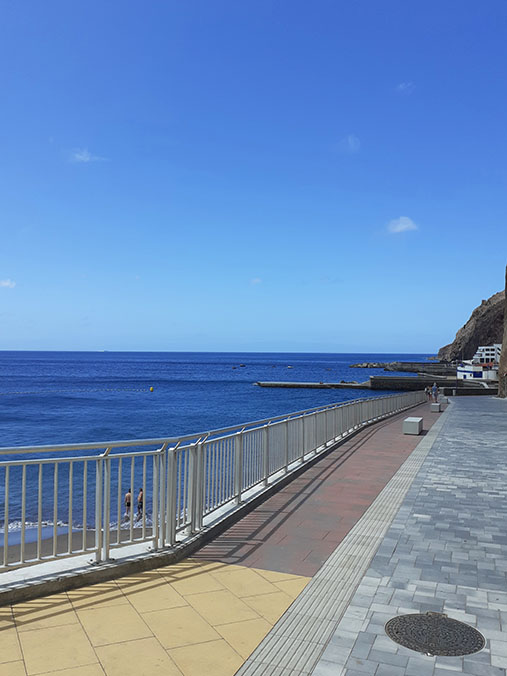
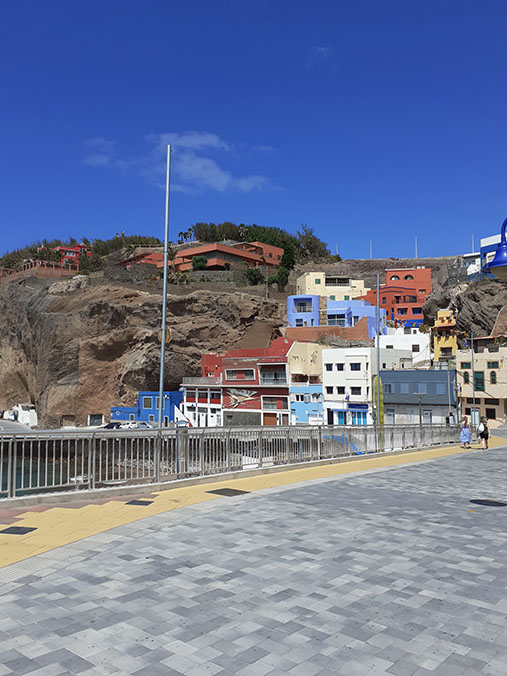
The inviting promenade encourages you to take your shoes off and get your feet sandy on Sardina Beach, proudly displaying of a Blue Flag, acknowledging the quality of its water and services, as well as its access facilities. The cheerful, crystalline waters are its best certificate for everything else. Colourful houses are scattered behind it, alongside the first bars and restaurants. Altogether, the town of Sardina de Gáldar looks like tiny snails shining in the foreshore puddles, clinging to the volcanic rock. The houses have moulded on to the cliff-side, as if they were the launch pad for an ancient tongue of lava from a now-sleeping volcano.
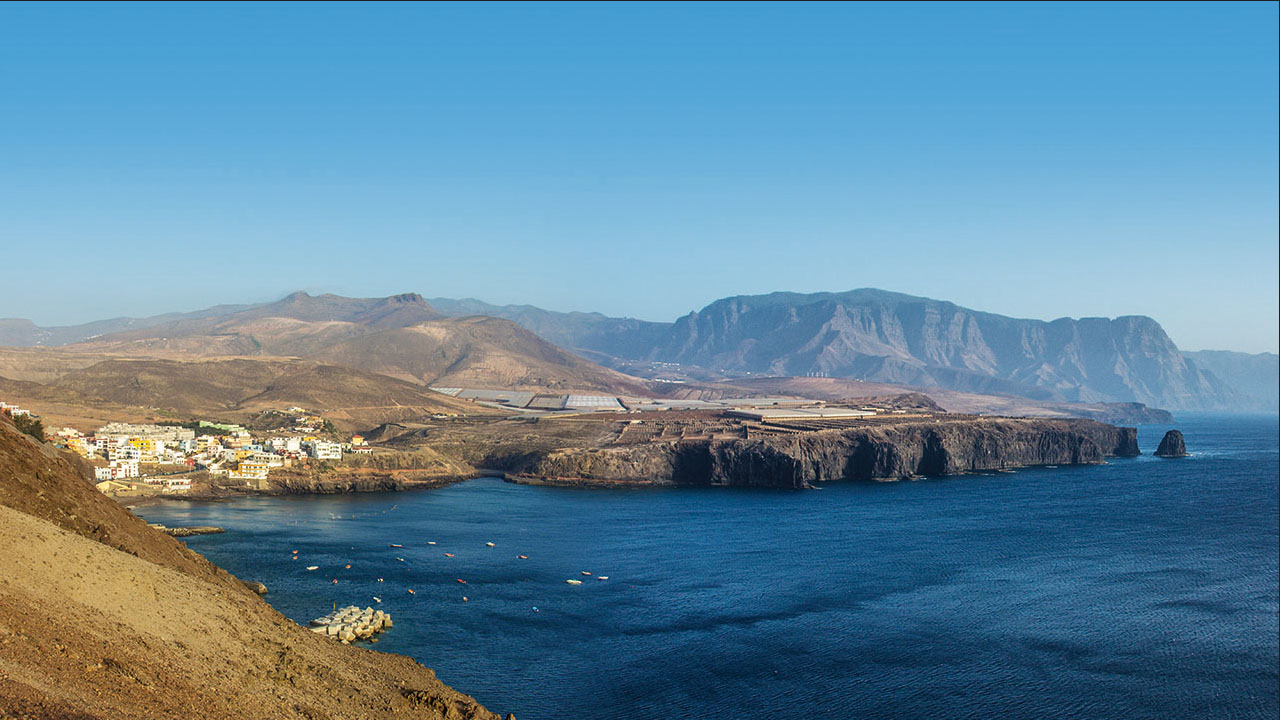
The path also suggests a stop-off along the seawall, looking out into the wide blue yonder. The marine life in its depths has made Sardina one of the most outstanding spots in Gran Canaria for scuba diving. The area between El Juncal ravine and the Gáldar point offers a surprising range of marine habitats, featuring seagrass meadows, sandbanks, reefs, shorelines and caves, plus rocky structures similar to arches, flying buttresses, rock faces and columns that look like the ruins of a lost civilisation. If we let our imagination swim away as well, at least for a moment, it’s easy to imagine a tiny chunk of the mythical Atlantis inhabited by greater amberjacks, sea horses, angel sharks, rays, jacks, giant anemones, pufferfish, yellow barracuda, red algae or turtles.
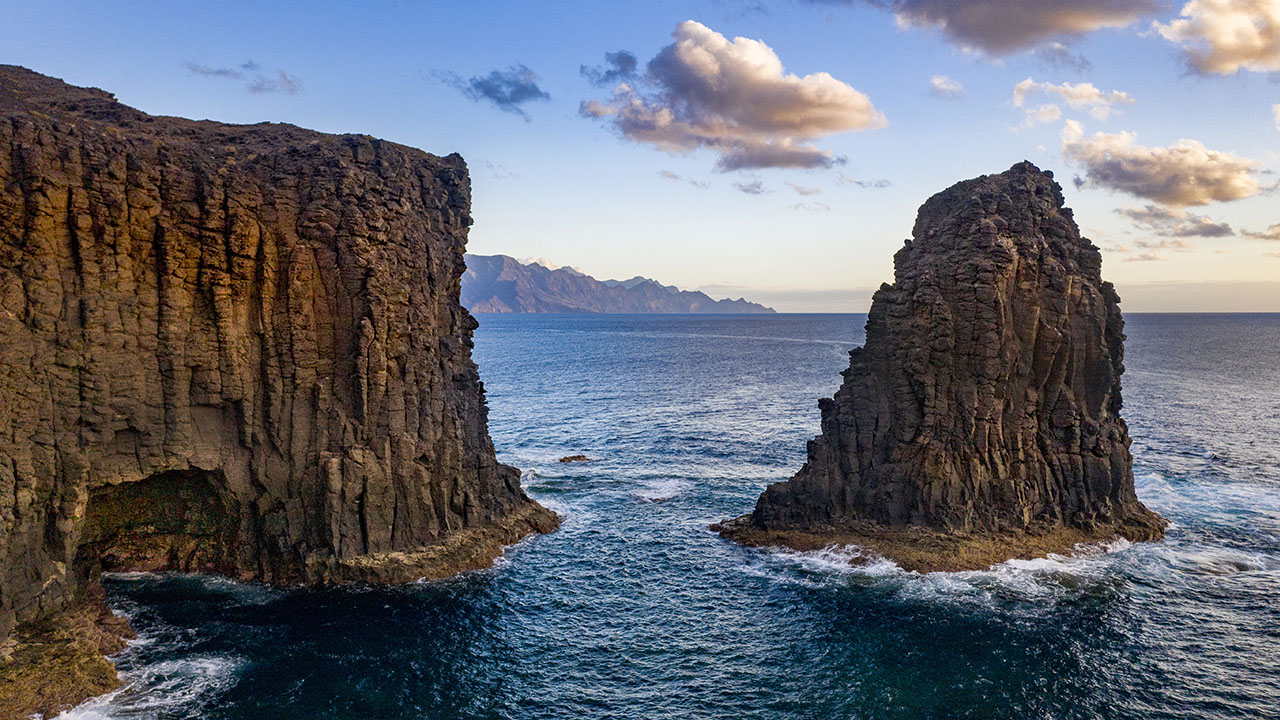
The Anden verde (Green Path), also known as the Dragon’s Tail, in the background. Roque Farallón or Roque Partido on the Gáldar coast in the foreground.
The very end of this walkway that fits snugly along Sardina’s volcanic rock leads you to Roquete beach. Here, the waves and the smooth rocks form a tireless orchestra that plays an endless, tuneful yet healing concert night and day, alternating between the keys of low and high tide. Nearby, clinging to the rock like a limpet, a tiny cave house keeps its secrets and shows us how the aborigine population used to live. In fact, an information panel at the entrance to the village reports on many discoveries made on this site such as fishhooks made of animal teeth and fish descaling tools made from goat horns, a sure sign that Sardina de Gáldar has been looking up to the sky and also down into the deep for centuries.
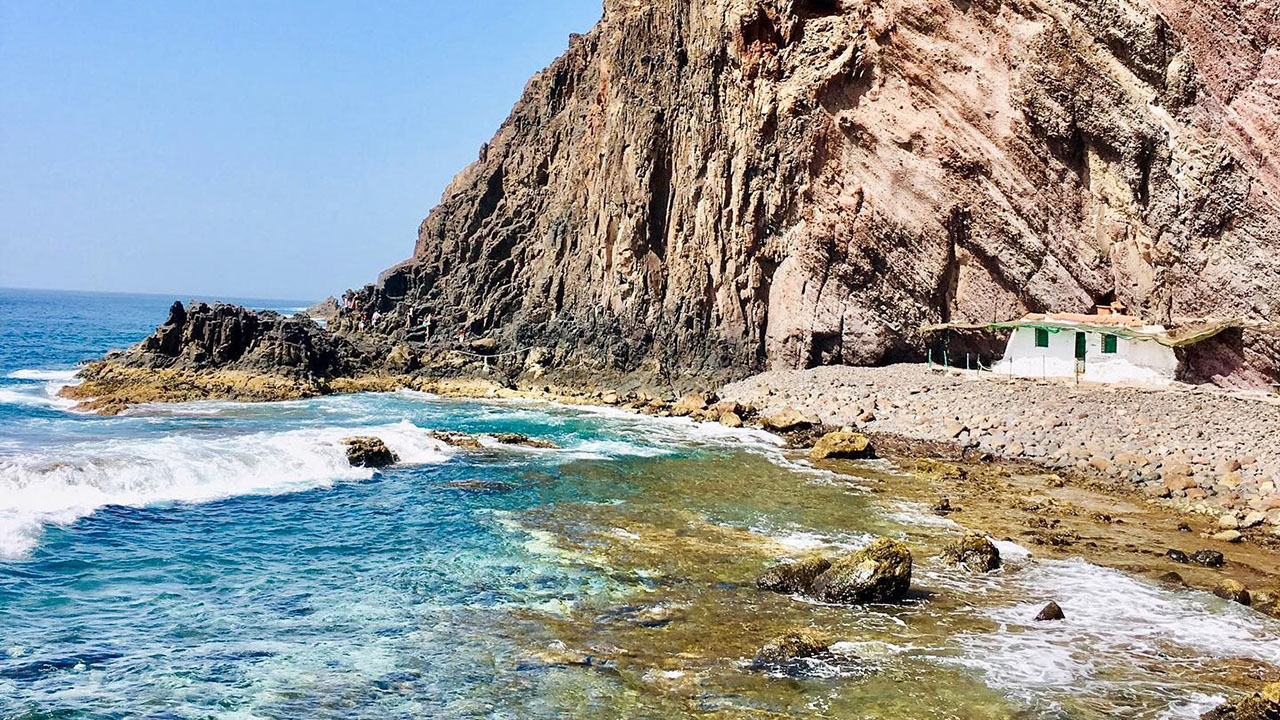
Sardina moves at its own pace. The houses are starfish entranced under the sun and the moon. The ocean spews foam dragged by the wind that climbs up the slopes as far as the restaurant menus, adding intensity to this walk that will always leave you with a pleasant taste in your mouth. Sardina also runs a small tourist train from July to September, which will pick you up and set you down at the top of the village, where you can park your car. As night draws in, the Sardina Lighthouse comes alive, guiding boats following immemorial routes invisible to the eye because they leave no trace on the ocean, although they are meticulously etched on navigation maps. Every crossing should end up in a place like Sardina de Gáldar.
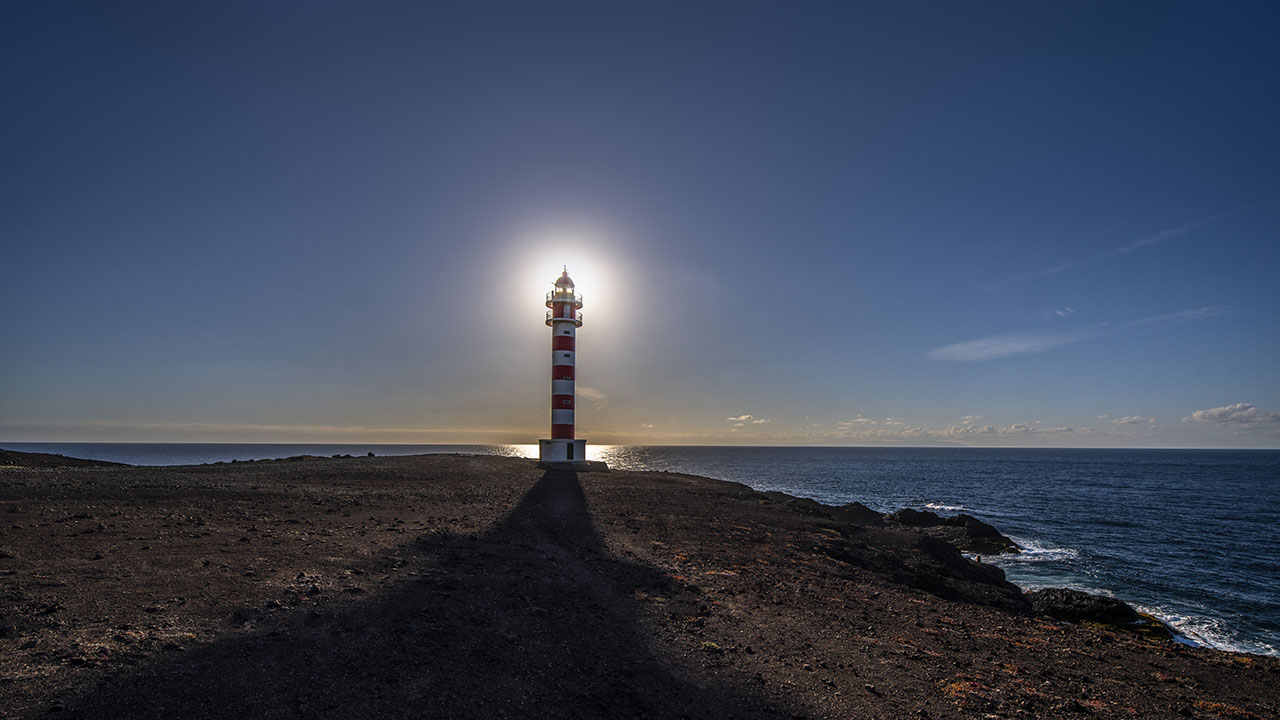

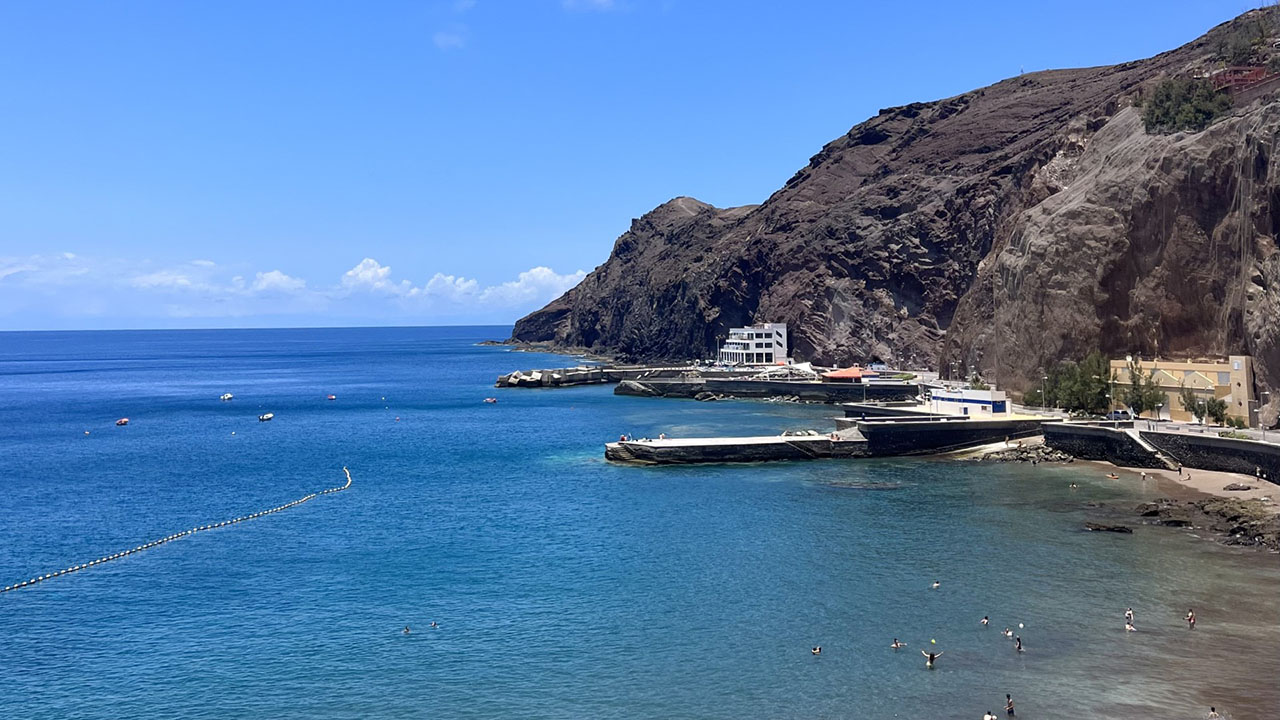
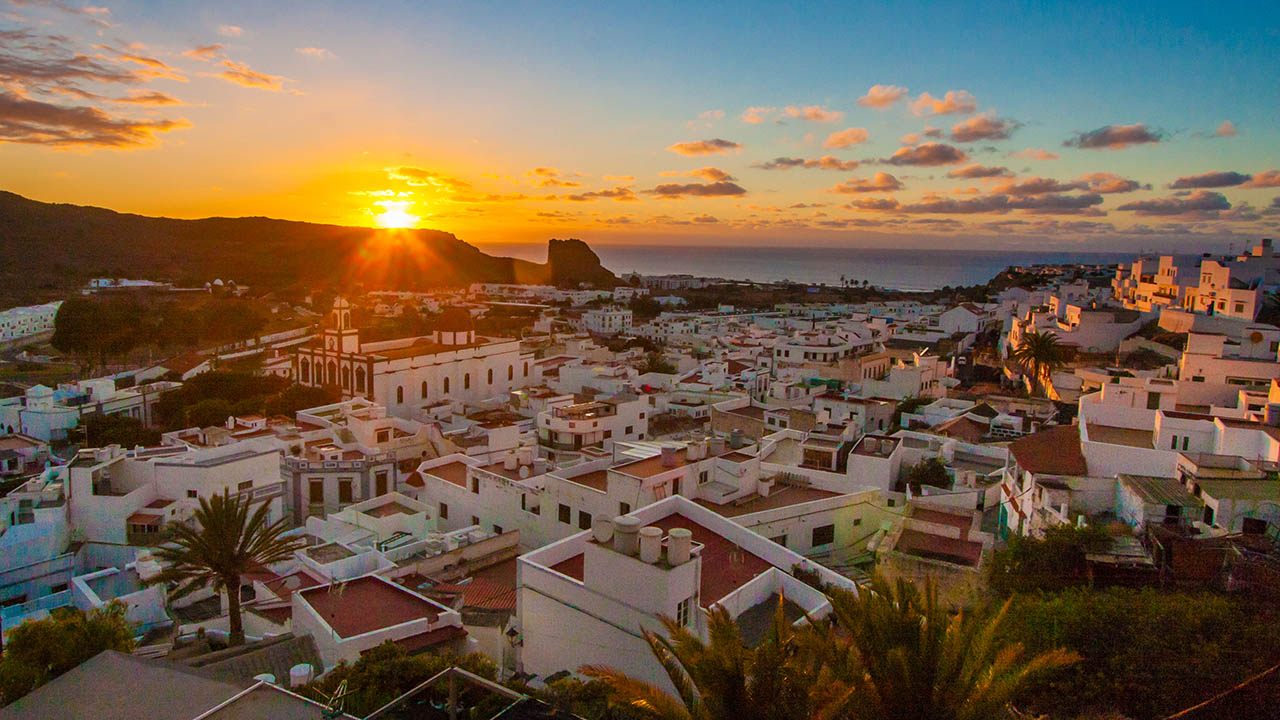
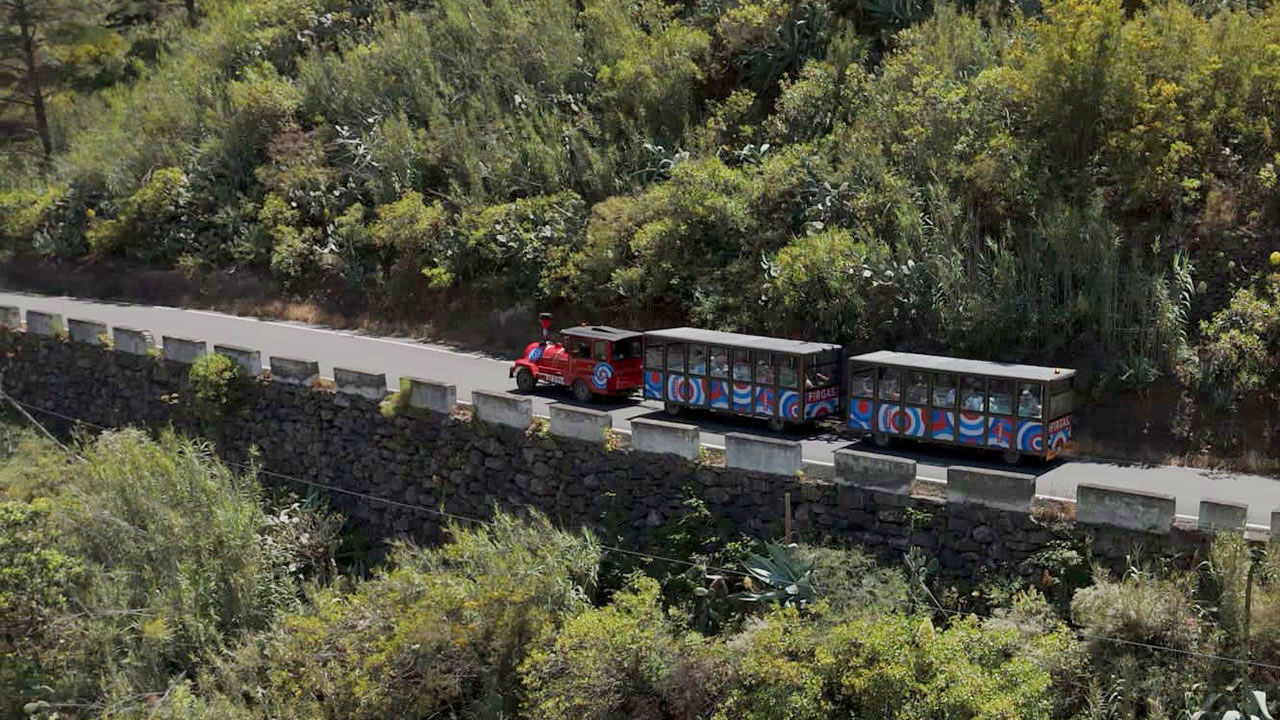
Comments are disabled for this post.